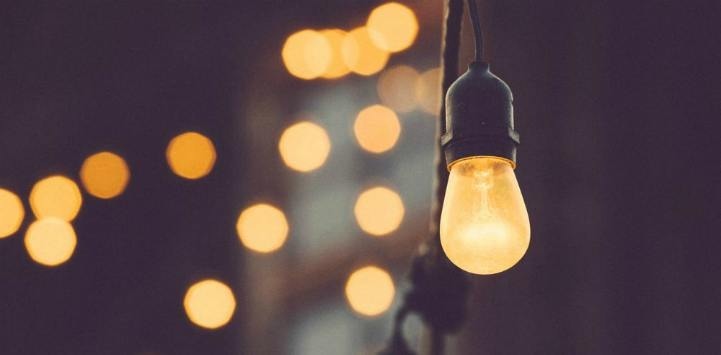06/06/2018
Don’t prepare to fail – get the lighting right
Posted in: General Blog,

MANY moons ago Benjamin Franklin, the US politician, scientist and inventor, said that “by failing to prepare, you are preparing to fail”.
Those words of wisdom shine just as brightly today to all of us, no matter what we do or what we are involved in, and in the world of corporate video production Benjamin’s musings ring very true when it comes to lighting; an area of the filmmaking process that, if neglected, can really stand out.
If you think that bad lighting can be fixed in post-production, you’d be very wrong. Even though there are a few little tricks available making sure you get it right from the outset, with the correct planning you save time (and therefore, money) at a later stage; plus you don’t want to be telling a client; “I’ll fix that in the studio when we’ve finished”.
If your shoot is going to be piece to camera then good lighting will establish a connection between the interviewee and the audience, and if the face is poorly lit the eyes will be shadowed breaking that bond. If you spend time to get the lighting correct then the subject’s appearance will be flattered so that they look their best; a properly lit person will also stand out from the background, rather than blend in.
If the lighting on an interviewee hasn’t been set up correctly, either too light or too dark, then the viewer will lose interest in the conversation because subconsciously their brain is trying to right the wrong that they are watching. Do the job correctly (planning, again) and lighting adds mood and texture to the story you’re telling.
Here are a few KTV tips on lighting:
1. Failing to prepare
This is so obvious; it shouldn’t need stating but… always scout your location well ahead of time. You need to establish where your shoot will take place in terms of what will be in the background, and where the natural lighting will fall depending on the time of day. However, be wary that the weather and therefore the light (especially in the UK) can change very quickly so do not rely on the daylight; go for artificial lighting where you have total control. However, there are times when you’re not able to carry out a reconnaissance so having enough kit to cover most eventualities is essential.
2. Three is not a crowd
Three point lighting is where there is a key light, a fill light and a backlight (also known as a hair light). The key light should be brightest and provides the bulk of light to your subject, while the fill light eliminates shadows caused by the key light. The fill should be less intense than the key so while it still eliminates shadows, it doesn’t match the key light so closely it creates a flat looking shot. The backlight separates your subject from the background, creating depth and also preventing a flat looking shot. Your backlight can be hard light (no diffusion) as it won’t create shadows visible to the camera on the subjects face regardless. Did you get that?
3. Reflect or bounce?
A reflector disk or a bounce disk do exactly what they say on the tin; they reflect or bounce light onto the subject. Some people refer to them as a flecky, and they are one of the most useful pieces of kit due to their versatility. You can bounce light up under someone’s neck or chin to expose shadows correctly, you can bounce light to even up the lighting on someone’s face or you can use it in a studio environment to direct light instead of shining bright lights into a person’s eyes – which will cause them to squint.
4. Don’t stare at the sun
There’s nothing worse for an interviewee than having to look directly into the sun; it causes them to squint and sweat, and neither of these things are what you want to capture in an interview. Sit them with their back to the sun and you automatically get a backlight and a light source to reflect from.
5. Turn off the office lights
You’re trying to create a visual mood for your interview and for that you need the correct lighting, and office fluorescent lights are a sure way to kill the moment; so flick the switch. Camera shutters are unable to close out the hertz of a fluorescent so you’ll end up with what is known as banding (subtle green and orange lines) across your interviewee and these cannot be corrected later on. This isn’t strictly true with modern HD and 4K cameras but flouries don’t flatter so switch off and use LED lighting which is more controllable. By switching off all internal lights and lighting with the production house lights, external light or bounced light, you create depth, texture and mood.
If you’re looking for a video production company that understands how to get corporate video communications right, then give us a call on 01423 873009.
You can also follow us on Facebook and LinkedIn.